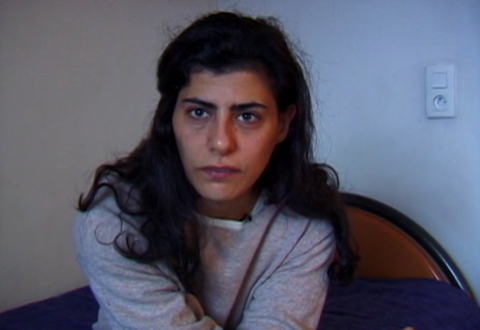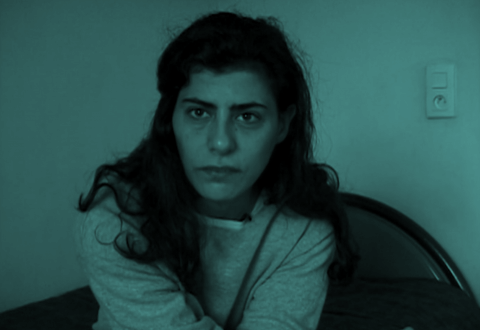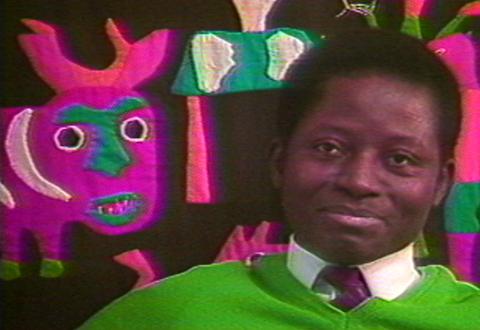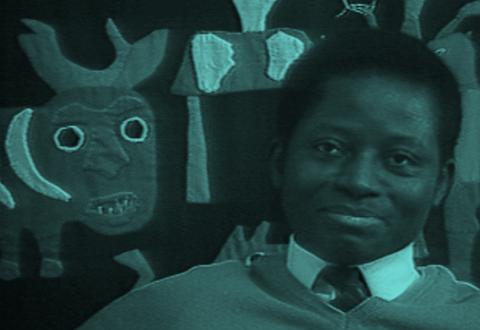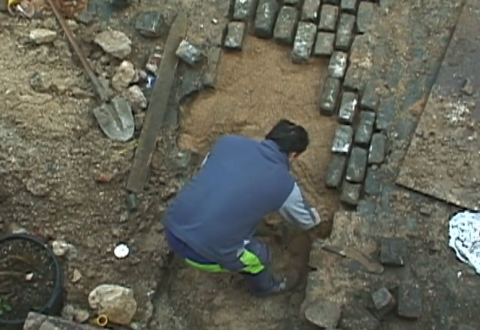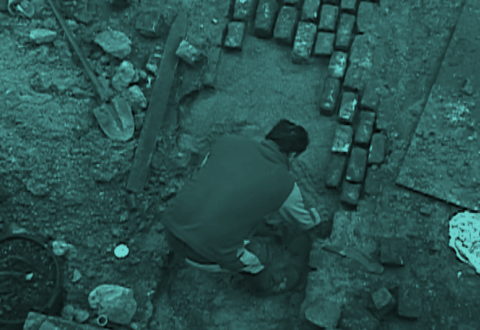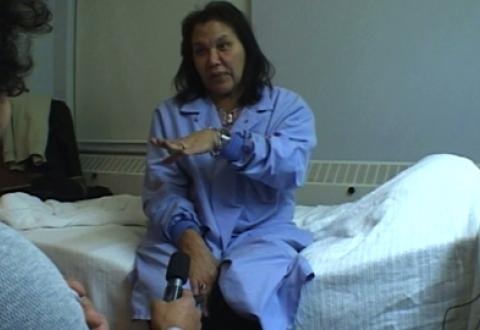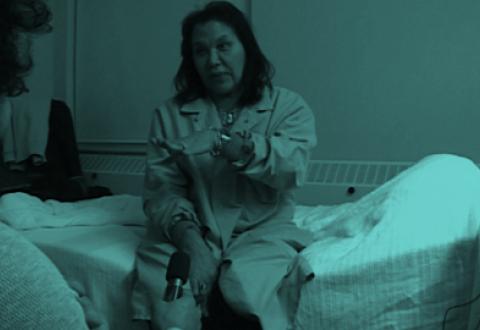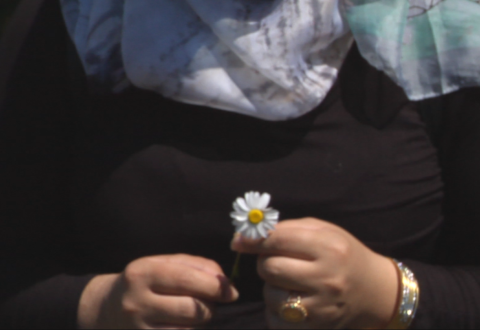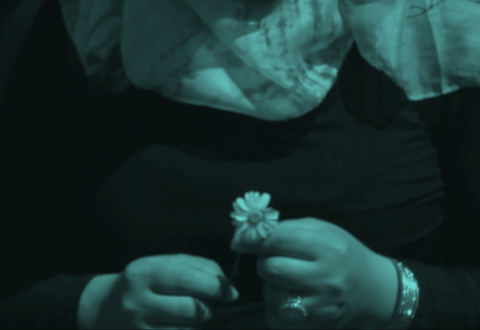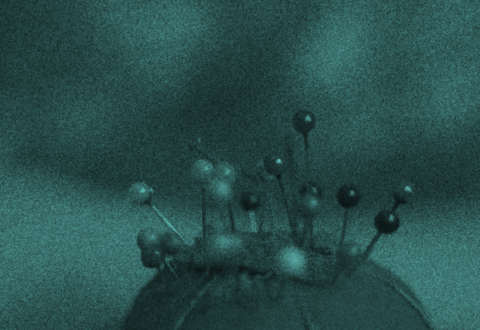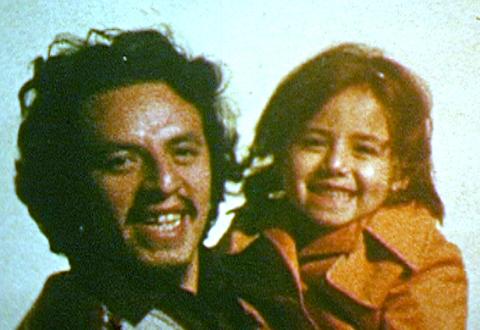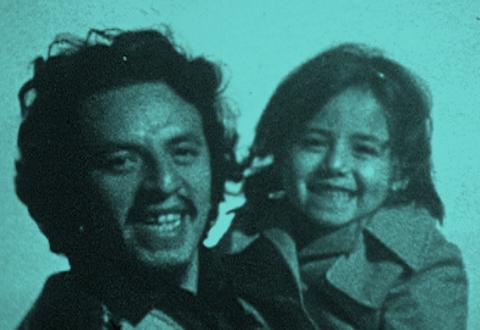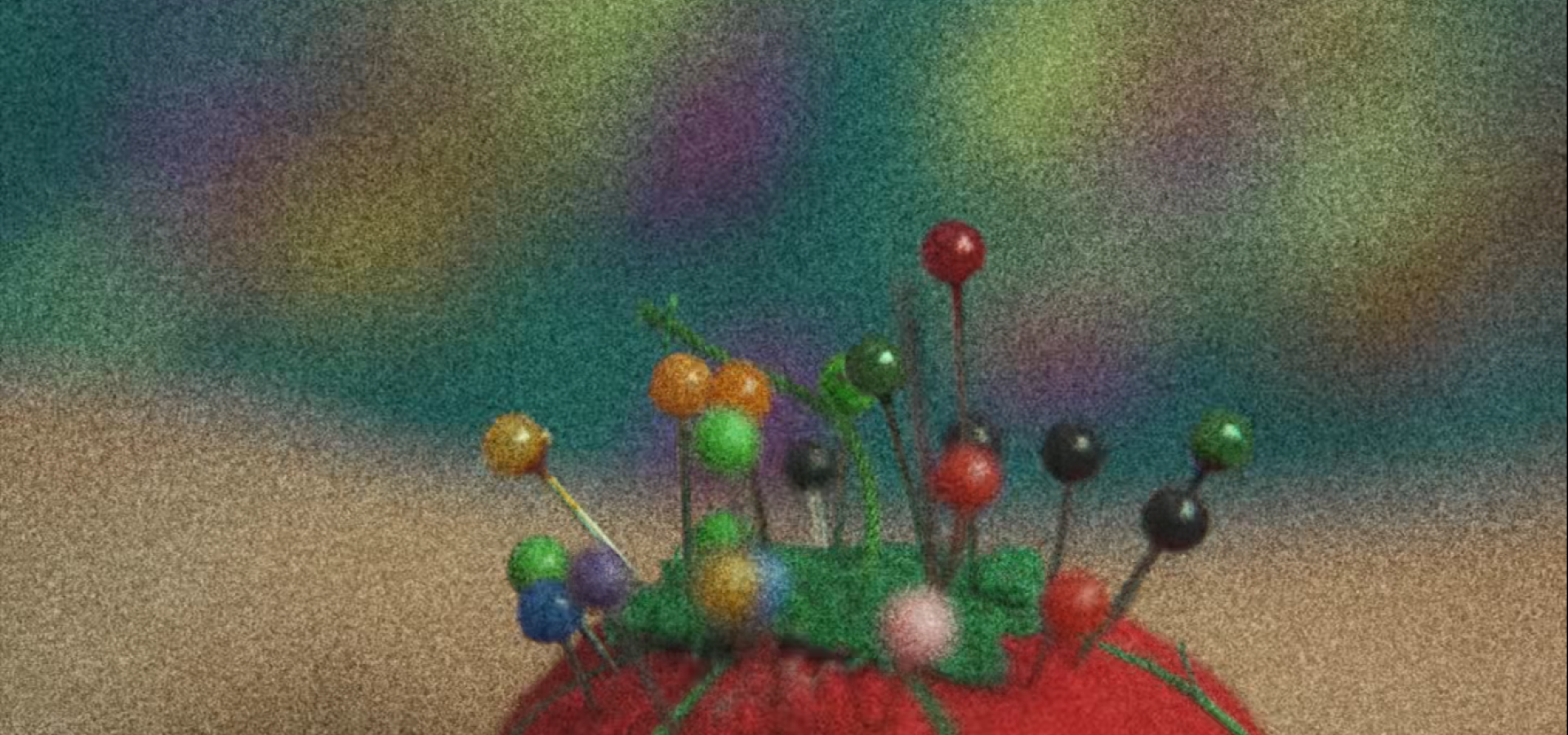
How to Measure Distance
In Jayce Salloum’s video work untitled part 1: everything and nothing, shot during the waning days of the Israeli occupation of southern Lebanon, activist and former prisoner Soha Bechara poses a poignant question:
“Distance carries in its essence so many things. Does it merely abide by the measure of kilometres, dictating separation and evoking longing? Does greater distance necessarily yield greater pain, while proximity lessens the ache?”
Joyce Joumaa is a video artist and cultural worker based between Beirut and Tiohtià:ke/Montreal. Her work focuses on microhistories within Lebanon as a way to understand how past structures inform the present moment. Central to her work is an interest towards the political charge inscribed in spaces and the social psychology that unfolds out of this tension. She is the recipient of the 2021-2022 Emerging Curator Residency Program at the CCA, the Canadian Centre for Architecture.
List of works in program
This inquiry by Bechara serves as the thematic cornerstone for the film program “How to Measure Distance,” which navigates contemporary dialogues surrounding belonging and exile within the realm of documentary practices. Salloum, renowned for his significant contributions to Canadian documentary and video art, brings to the fore landscapes distant from the Canadian experience, harkening back to his Lebanese heritage. His cinematic approach often mirrors his position as a Canadian filmmaker of Lebanese descent, capturing landscapes and narratives that seem foreign to his adopted home.
In a raw but philosophical exchange, Salloum engages in a direct, interview-style conversation with Bechara, a prominent figure in Lebanon’s resistance movement, shortly after her release from Israeli captivity. Between Salloum’s meticulously crafted questions and Bechara’s introspective reflections, the dialogue invites the viewer to envision the occupied terrain of Lebanon and Bechara’s harrowing tale of defiance. A very similar approach may be found in The Last Carib Indian, directed by Jean-Marc Superville Sovak, in which the conversation is fundamentally related to the notion of indigeneity and the importance of speaking about one’s history.
The program delves deeper into the exploration of distance as a central theme, incorporating a diverse array of voices. In L’image de l’Afrique, by Cheikh Tidiane Gadio, the filmmaker seeks to unravel perceptions of Africa by probing the residents of Quebec about their knowledge of the continent. Presented in interview format, the documentary serves as a poignant reflection on the ways in which people outside Africa imagine the continent and its peoples, and how this is often rooted in a lack of historical exposure and understanding. With a Black protagonist guiding the discussions, the film underscores the chasm of perception that exists between societies and across distances.
In these cinematic conversations, notably, distance transcends mere physical space; it encompasses emotional, cultural, and social separations. As such, its range extends beyond conventional metrics, necessitating a nuanced understanding of the myriad factors that shape our perceptions of distance and belonging.
It is paramount to underscore that within each of these dialogues, the concept of home intertwined with distance serves as the catalyst for an existential journey undertaken by the protagonist. This perpetual quest for identity is marked by a poignant reverence for the landscape of home, a motif that recurs throughout the narratives. Here, the filmmakers harness their lived experiences to articulate a truth that resonates deeply—the truth of asserting one’s presence within a landscape steeped in memory.
In works such as New Lives, The Needle and the Drum, and Memory is a Dying Horse, the filmmakers navigate the complexities of their post-migrant existence in a new land. Amidst this profound schism, new depictions of landscapes emerge, words undergo transformation, and emotions fluctuate. Through the lens of documentary, these filmmakers illuminate the intricacies of adaptation, resilience, and the evolving nature of belonging in the face of displacement and transition.

